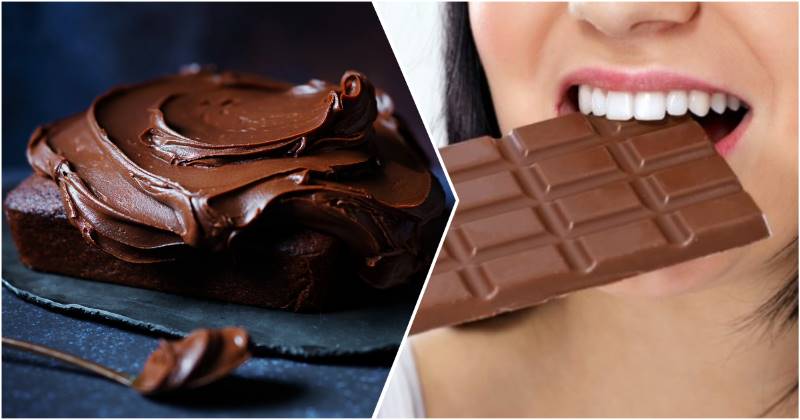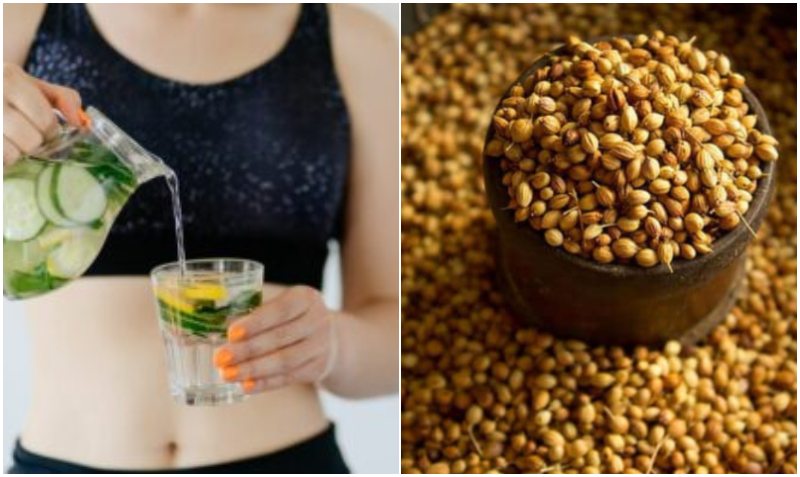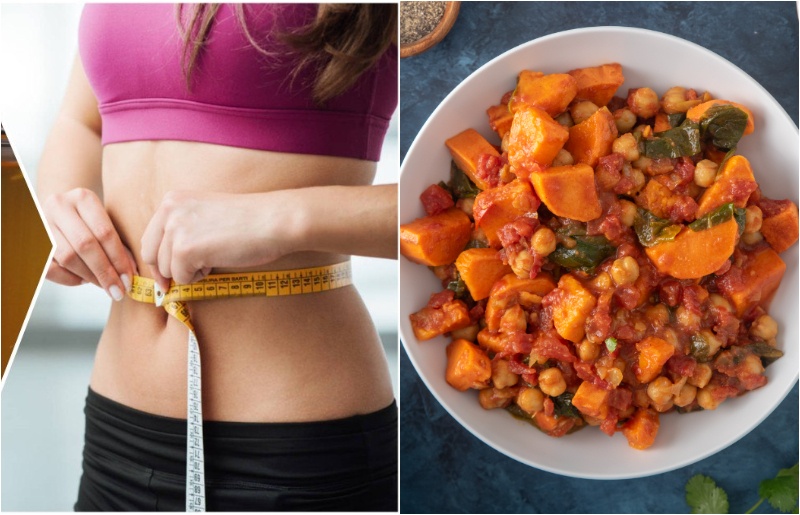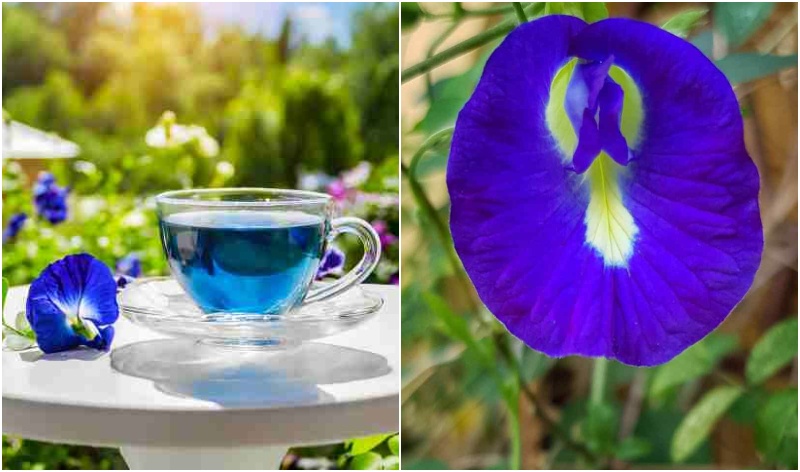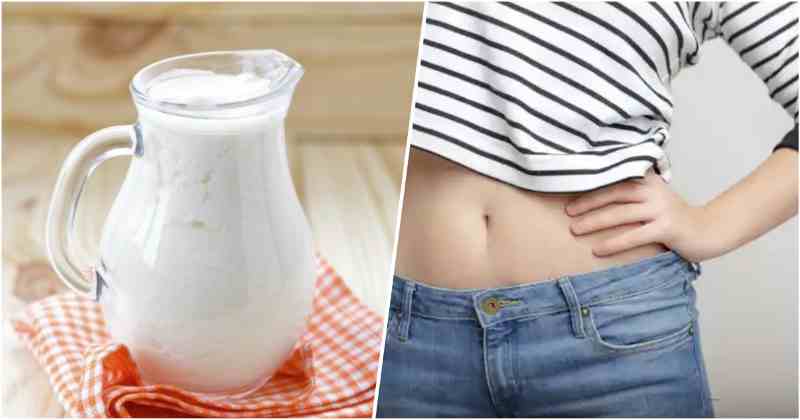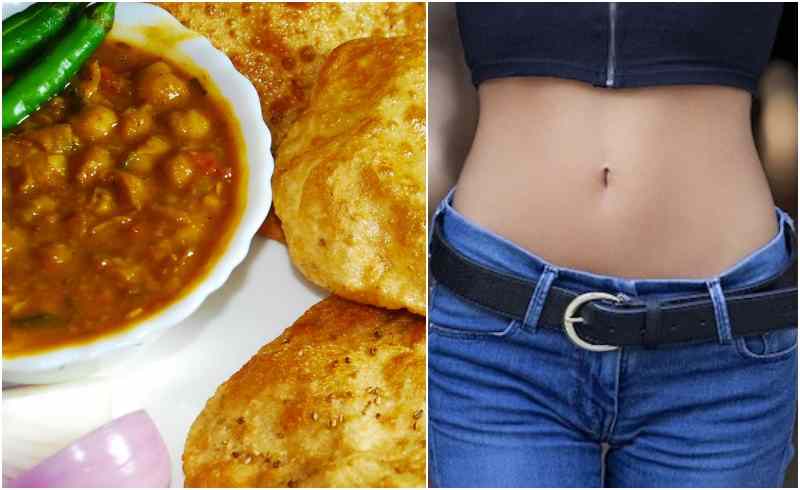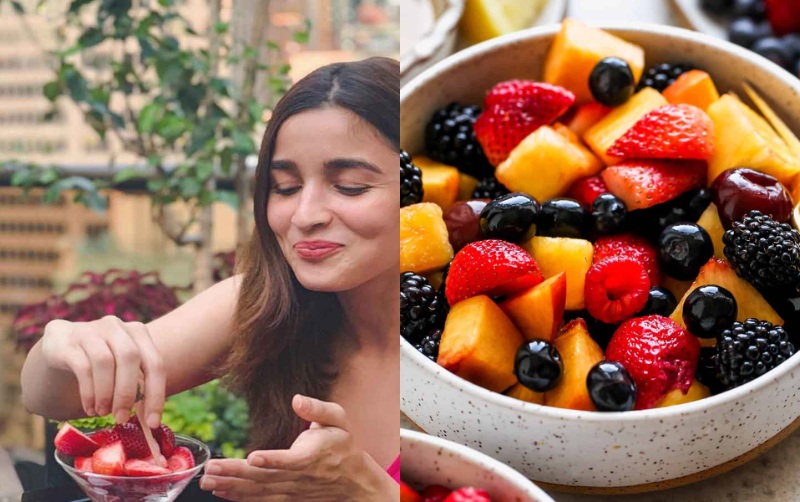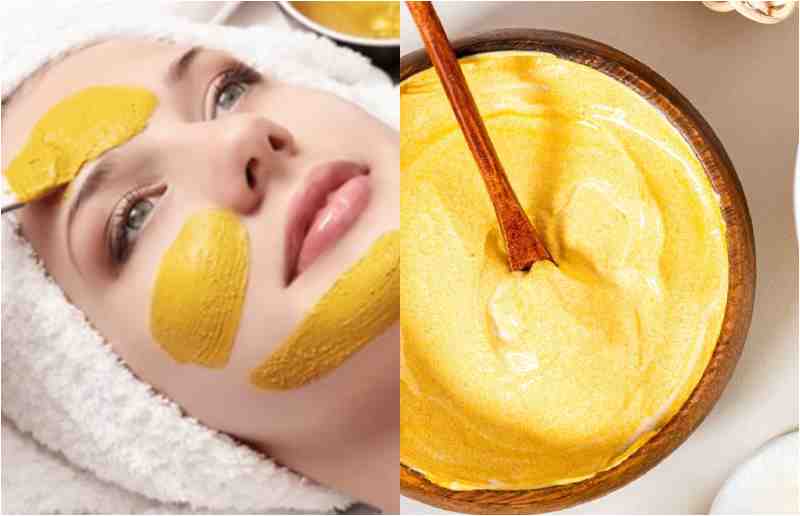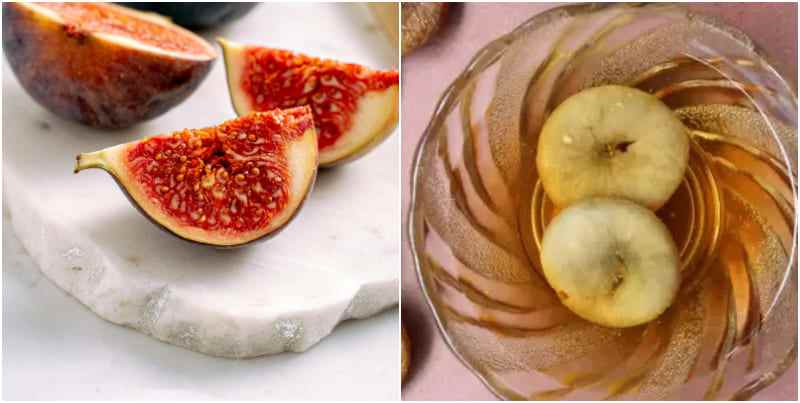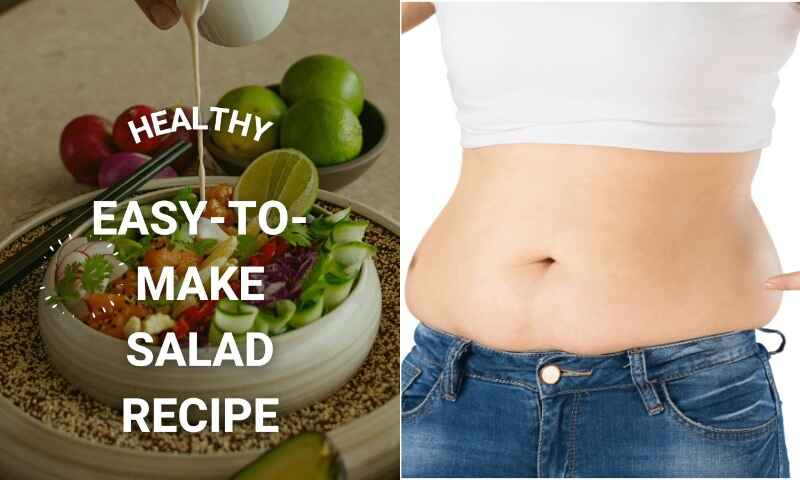India was the flagbearer in celebrating the year 2023 as the “International Year of Millets” to bring into focus nutritional benefits of millets and promote them as whole grains world over. Sorgum, pearl millet, foxtail millet, kodo millet, proso millet, barnyard millet, and kutki are popular grains that have been used since ancient times and were a staple in traditional diets across Asia. Among these, ragi or finger millet stands out for not only being a superfood due to its exceptionally high nutritional properties, but also because it is an excellent baby food.

Over the last few years, people have also realized ragi is diet friendly and there are some delicious ragi recipes that could for weight loss that we could all try. In this article, we list out 3 delicious ragi recipes for weight loss.
But first, here’s how ragi can help shed extra pounds:
3 Reasons To Include Ragi in your Diet For Weight Loss:
1. All millets have a high fiber content, particularly ragi which has a dietary fiber of 11.50 gm/100 gm, which is a natural appetite suppressant and helps you stay fuller for longer.
2. Ragi has vitamin E, antioxidants, and iron. Vitamin E helps to reduce oxidative stress and boost fat burning. According to a study published on MDPI website, antioxidants affect the body’s endorine system, leading to increased energy expenditure that helps to reduce body weight. Likewise, iron helps to carry oxygen to muscles and help them burn fat efficiently.
3. Ragi also has a high protein content which keeps a person fuller for longer and keeps appetite in check.
So, here are some delicious ways to eat ragi as a staple.
Also Read: 5 Most Effective Ways To Control Appetite Naturally
3 Delicious Ragi Recipes For Weight Loss:
1. Ragi Malt:
It’s a highly nutritious health drink made with ragi flour for a quick boost of energy. It’s suitable for all ages and a great option for people with gluten intolerance.
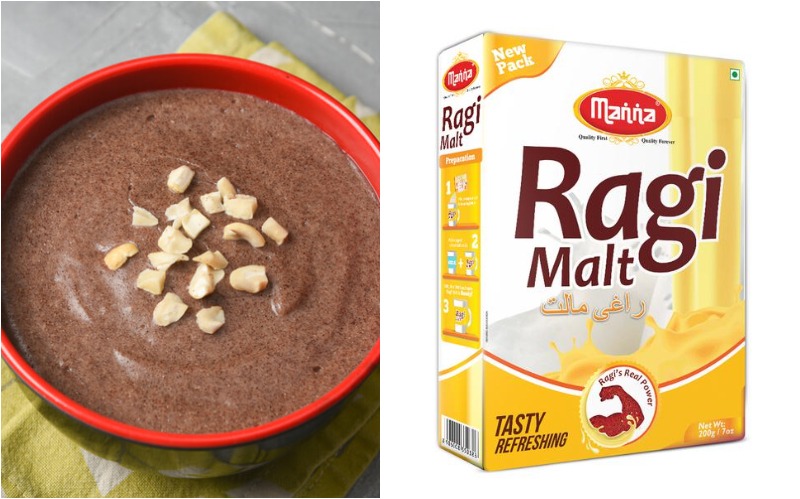
Ingredients
- 2 tbsp ragi flour
- 1 cup water
- 1 cup milk
- 1-2 tbsp jaggery
- A pinch of cardamom powder (optional)
Method
- Mix ragi flour with water to make a smooth paste.
- In a saucepan, bring milk to a boil.
- Add the ragi paste to the boiling milk, stirring continuously to avoid lumps.
- Add jaggery and cardamom powder, and continue to cook for 5-7 minutes until the mixture thickens.
- Serve hot or warm.
2. Ragi Roti/Nachni Roti:
Ragi roti is also called nachni roti in several parts of India and considered a good alternative to wheat roti.

Here’s a simple recipe for ragi/nachni roti:
Ingredients
- 1 cup ragi flour
- 1/4 cup whole wheat flour (optional, for easier rolling)
- Salt to taste
- Warm water, as needed
Method
- In a bowl, mix ragi flour, whole wheat flour (if using), and salt.
- Gradually add warm water and knead to form a smooth dough.
- Divide the dough into small balls.
- Roll each ball between two sheets of parchment paper or plastic to prevent sticking, forming a thin roti.
- Heat a tawa or skillet on medium heat.
- Cook each roti on the tawa, flipping until both sides are cooked and small brown spots appear.
- Serve hot with curry, chutney, or yogurt.
Also Read: 5 Top Secrets of Raveena Tandon’s Young Look at 49 Years
3. Instant Ragi Idli:
Here’s a simple and quick recipe for instant ragi idli:

Ingredients
- 1 cup ragi flour
- 1 cup upma rava (semolina)
- 1 cup curd or buttermilk
- 1 tsp salt
- 1/2 tsp Eno or baking soda
Method
- In a bowl, mix ragi flour, upma rava, and salt.
- Add curd or buttermilk and mix well to form a batter. Let it rest for 10 minutes.
- Just before steaming, add Eno or baking soda to the batter and mix gently.
- Pour the batter into greased idli molds.
- Steam for 10-12 minutes or until a toothpick inserted comes out clean.
- Serve hot with chutney or sambar.
Summing, you cannot entirely depend on ragi to lose weight. While ragi is a nutritious grain that can support weight loss, it should not be the sole focus of your diet. What’s essential is to burn more calories through physical activity and switch to a balanced diet by practicing portion control.
Disclaimer: All images used in this content have been sourced from Google Images and are intended solely for informational purposes. The images are used to illustrate and enhance the understanding of the topics discussed. We do not claim ownership of these images and do not intend to infringe any legitimate intellectual right, artistic rights, or copyright. If you are the rightful owner of any images used here and wish to have them removed or credited differently, please contact us promptly.
















